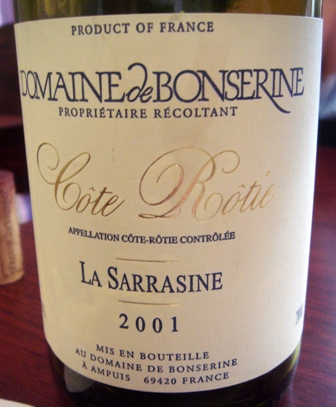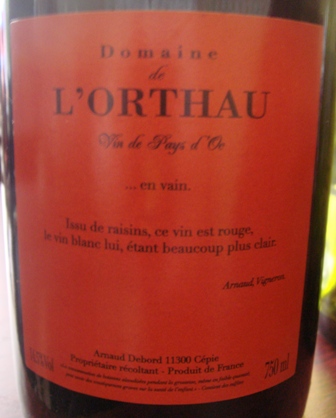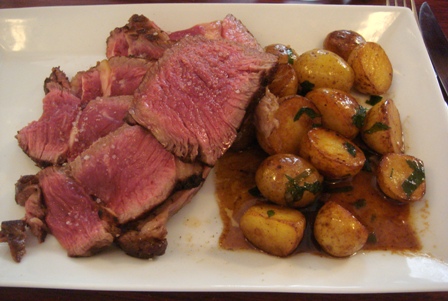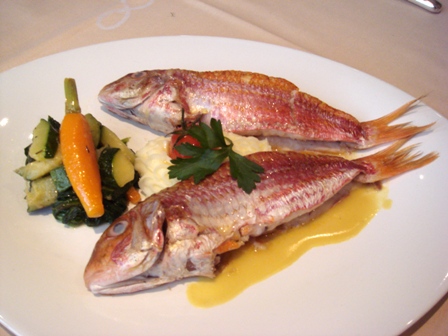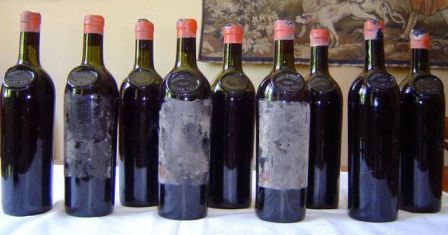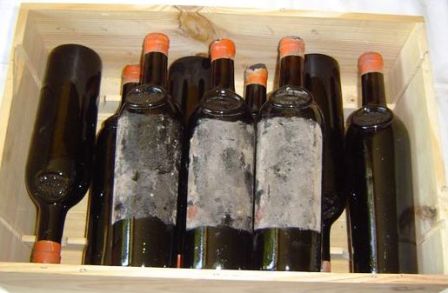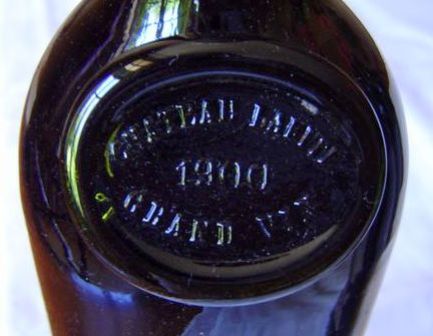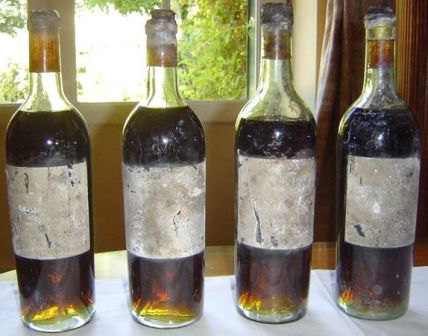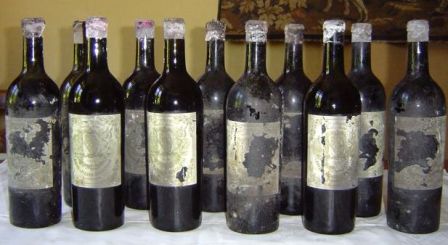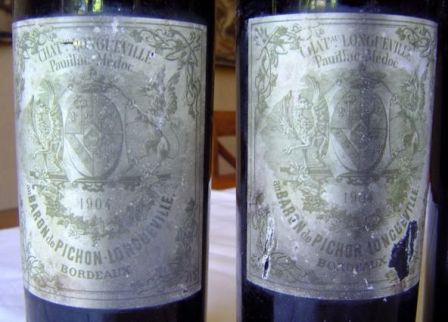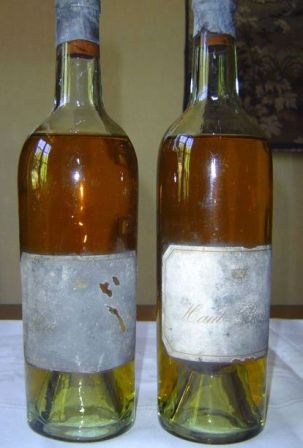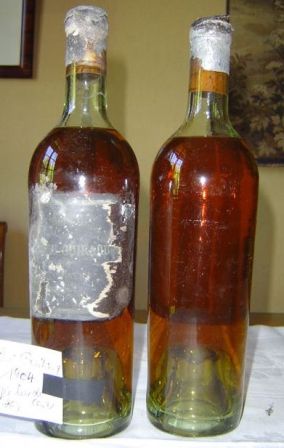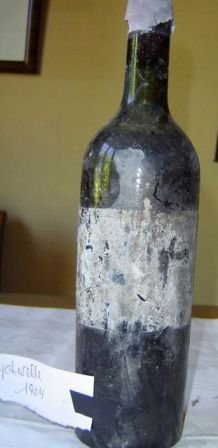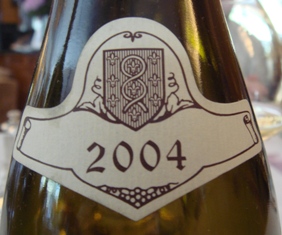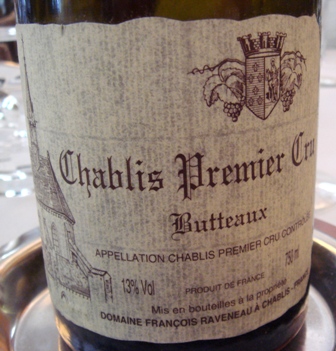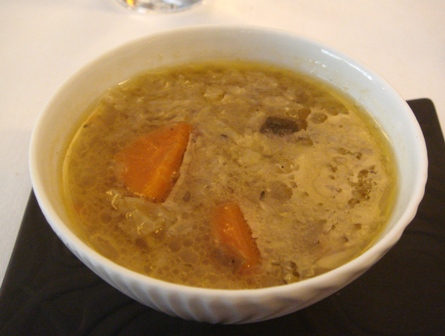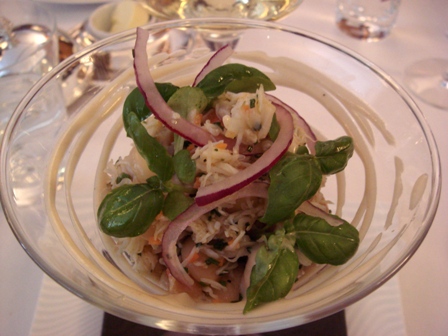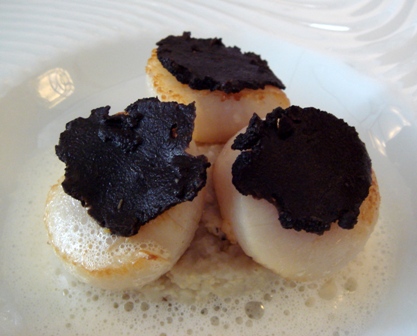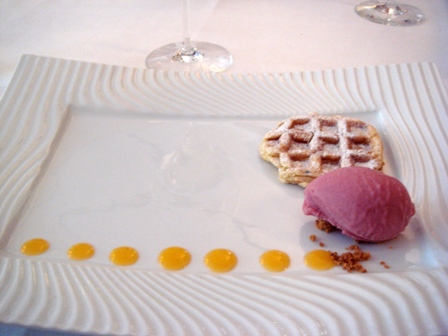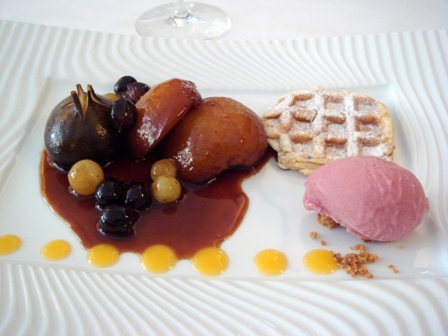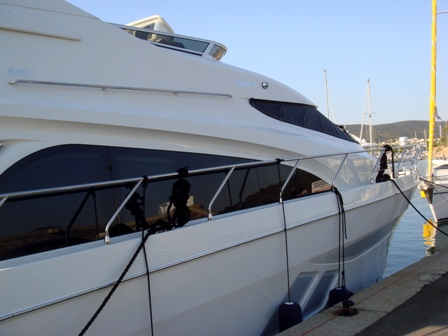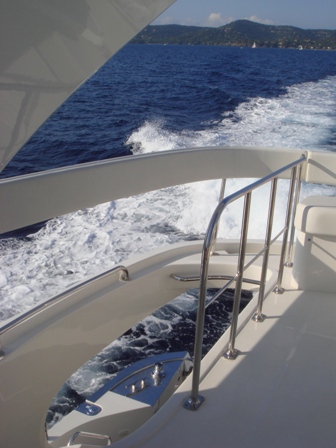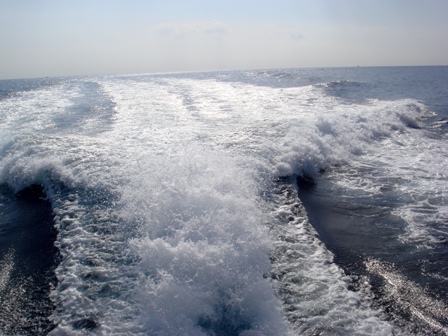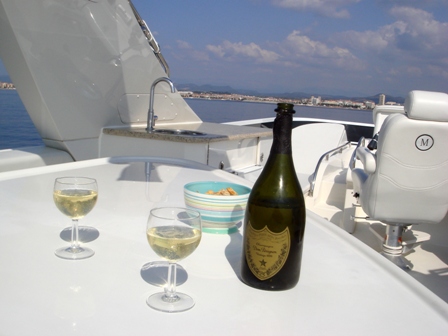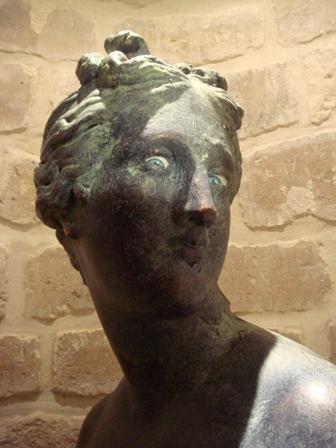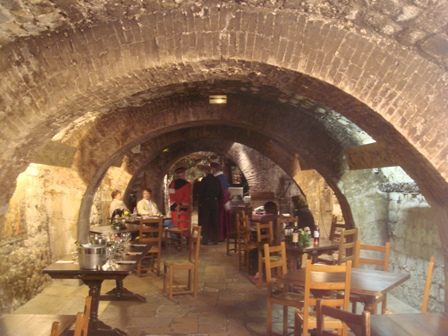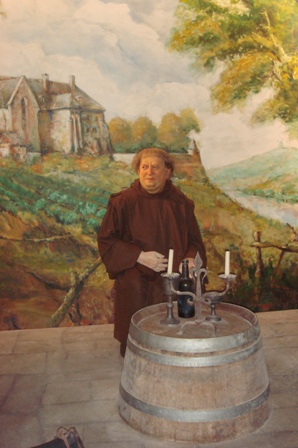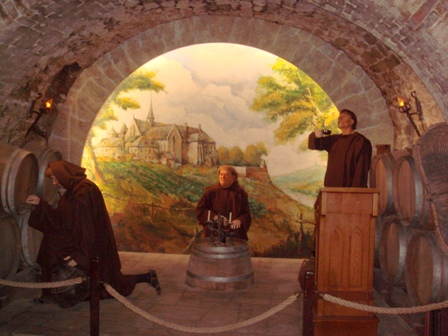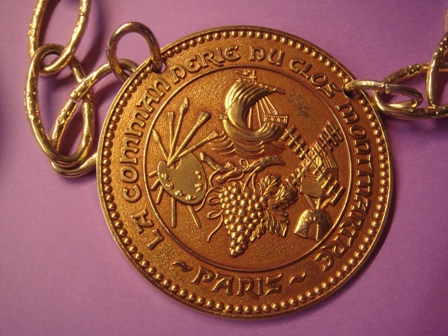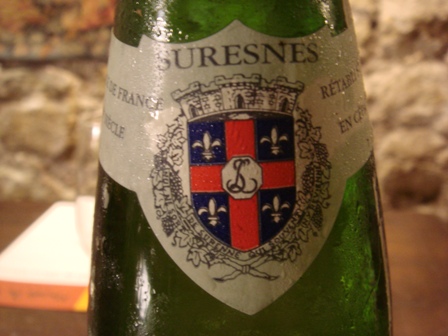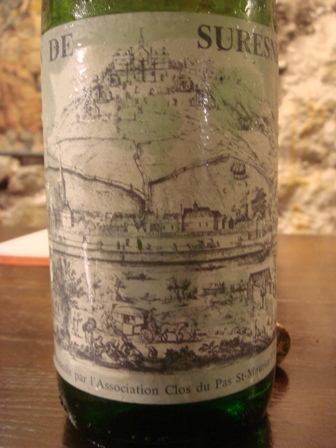Is it the buy of my life ?
In this period of time, many great collectors sell parts of their cellars, probably in case a downturn in the prices of wines would occur.
I went today in the opposite direction, realising what the phantasm of every wine collector is.
Last year, during a great wine show, I had met a very elegant woman who gave me her card, saying that she would probably have a cellar to sell.
She contacted me recently and told me the story of a castle where a rich man constituted a cellar between 1880 and 1930. He died in 1932 and when World War II began, a significant part of the cellar was hidden behind a wall.
In 1980, the cellar was discovered, the wall was broken and the heirs of the man split the cellar between them.
The woman who contacted me lives with the grand-grand son of the man who constituted the cellar. He wanted to sell his bottles to a man who would drink them, not wanting his wines to be objects of speculation.
As I have never sold any of my wines, I was candidate to buy their wines.
She sent me by email a list of the wines, with pictures and I nearly fainted.
To find wines which were hidden in a cellar untouched for half a century is something which is a dream. Of course a lie was always possible, as stories of hidden cellars are like dreams, but I realised quickly that it was not a dream.
She asked me to evaluate the wines, in order to check if I would be serious.
We had an appointment today at the house of the grand-grand son, and when I entered the house, on the floor, I saw several cases.
12 Lafite 1900, 12 Yquem 1906, 10 Pichon Baron 1904, 3 Pichon Baron 1898, 4 Ausone 1900, many Sauternes of 1896, many reds from 1904 were in front of my eyes.
The Lafite have the name engraved in the glass with “Chateau Lafite 1900 Grand Vin” carved in the glass.
The levels of the wines were variable, dust was present everywhere, but I felt that all that was sane. It is clear that all these wines are authentic, and I had in front of me the cellar inventory written during 30 years with precise indications. I saw a Tokay 1898 and a Constantia 1890.
What pleased me is that five champagne Mumm Cordon Vert of more than 80 years had nice colours, and perfect levels. This indicates the quality of the cellar.
As they had mentioned that they had kept for them wines which were difficult to identificate, I asked to see them, and I saw hundreds of wines having nearly or more than one century which could be pleasant discoveries. But the man told me that he wants to keep these wines that he drinks regularly for his pleasure. I did not insist but I saw some bottles which could be Constantia of the 19th century and I asked to include them in the lot that I would negotiate. All in all, the lot represented around 100 bottles between 1880 and 1916.
As we had planned to have lunch together at their home, we chose two bottles. One in a case supposed to contain some Haut-Bailly 1911; the other in a case where three possibilities of Burgundies existed. I opened the bottles to show my technique of opening, and we had pastry and a chicken, nicely cooked with garlic and potatoes on a Chateau haut-Bailly 1911. The wine opened at the last moment began with acidity, which was over after some minutes. The velvety aspects, the density of the wine, were remarkable. Even if a slight tiredness existed, I enjoyed this wine which confirmed by its taste that it was really a Haut-Bailly and really a 1911. The colour was of a sympathetic deep red. I enjoyed this wine more than the owners, which tends to indicate that what they open has a significant quality.
The second wine was even more enjoyable. Among the three possibilities I chose to say that we drank a Chambertin 1904, because by chance, I had drunk a Chambertin 1904 some days ago. This one today was very similar, and even better.
It was time to negotiate, and we discussed for a while. It was tough as she had worked in the wine business. We concluded. Did I buy well or not, I do not know. I paid probably more than what a merchant would pay, as many bottles have a presentation which is not flattering. But as I intend to drink them, what is important is that I am sure that in a near future I will open Lafite 1900 and Ausone 1900. This is more important than anything.
As we had nice conversations, the man decided to let me try some bottles that he had there. He showed me a bottle on which he had written “very old Rhum”. I tasted and told him that it was not a Rhum, as there were clearly flavours of Marc in it.
Then he showed me a bottle that he had dragged, taking it for a white wine, but through the mud I had seen that it was so clear that it could only be a white alcohol like a pear or a ‘fine’. I opened the bottle, and smelt the cork. Absolutely no trace of any smell. I poured a glass and I smelled, and I smelt nothing. I drank a sip and immediately spit as it was ugly. And I said : “this is water”. The woman, thinking of an alcohol wanted to persuade herself that it was an alcohol, but the heir had an illumination and said : “this is water of Lourdes”. He showed me the book of inventory, written 80 years ago and I read “water of Lourdes”. Lourdes is a city where Catholic ill people gather, waiting for miracles. I have been there and the faith near the cathedral which exists is impressive. Pope Benoit XVI went recently in this town. The water of the fountain could help to cure incurable diseases. I must say that for me, the ugliness was the most obvious.
Being unfaithful as I spat, I decided to drink a little to save my soul, but the water was so hard to drink that I needed a Calvados to clean the memory of the water still in the bottle for more than 80 years.
We promised to meet again, to share some old bottles.
I went back to put the bottles in my cellar, already thinking of crazy dinners that I will make with some of these myths like Lafite 1900, Ausone 1900, Yquem 1906 or old Constantia.
